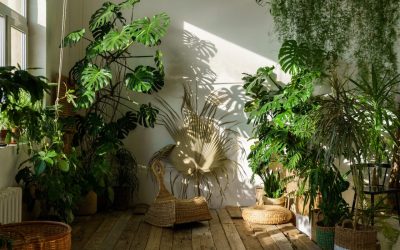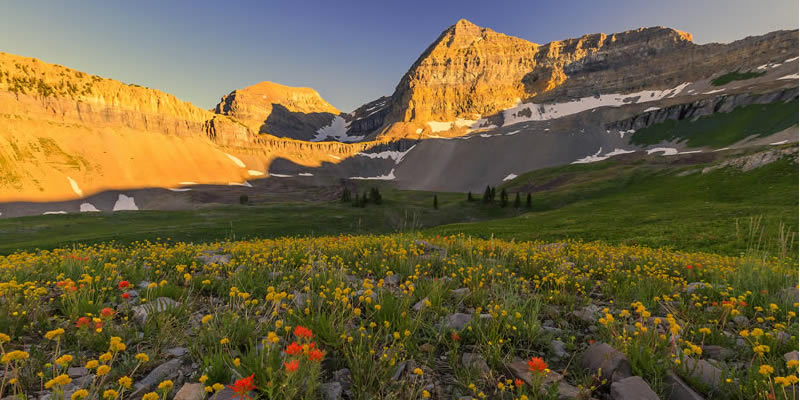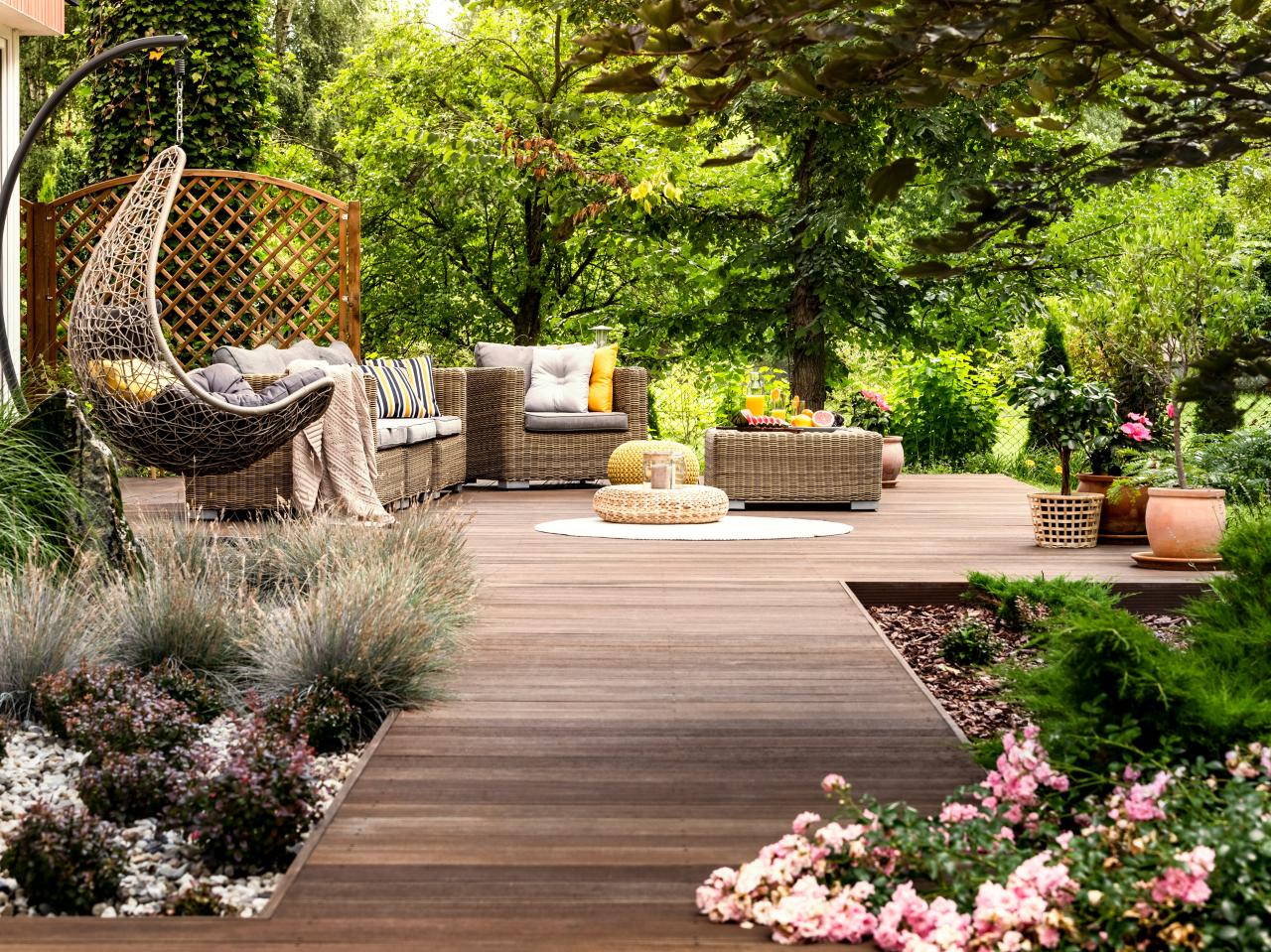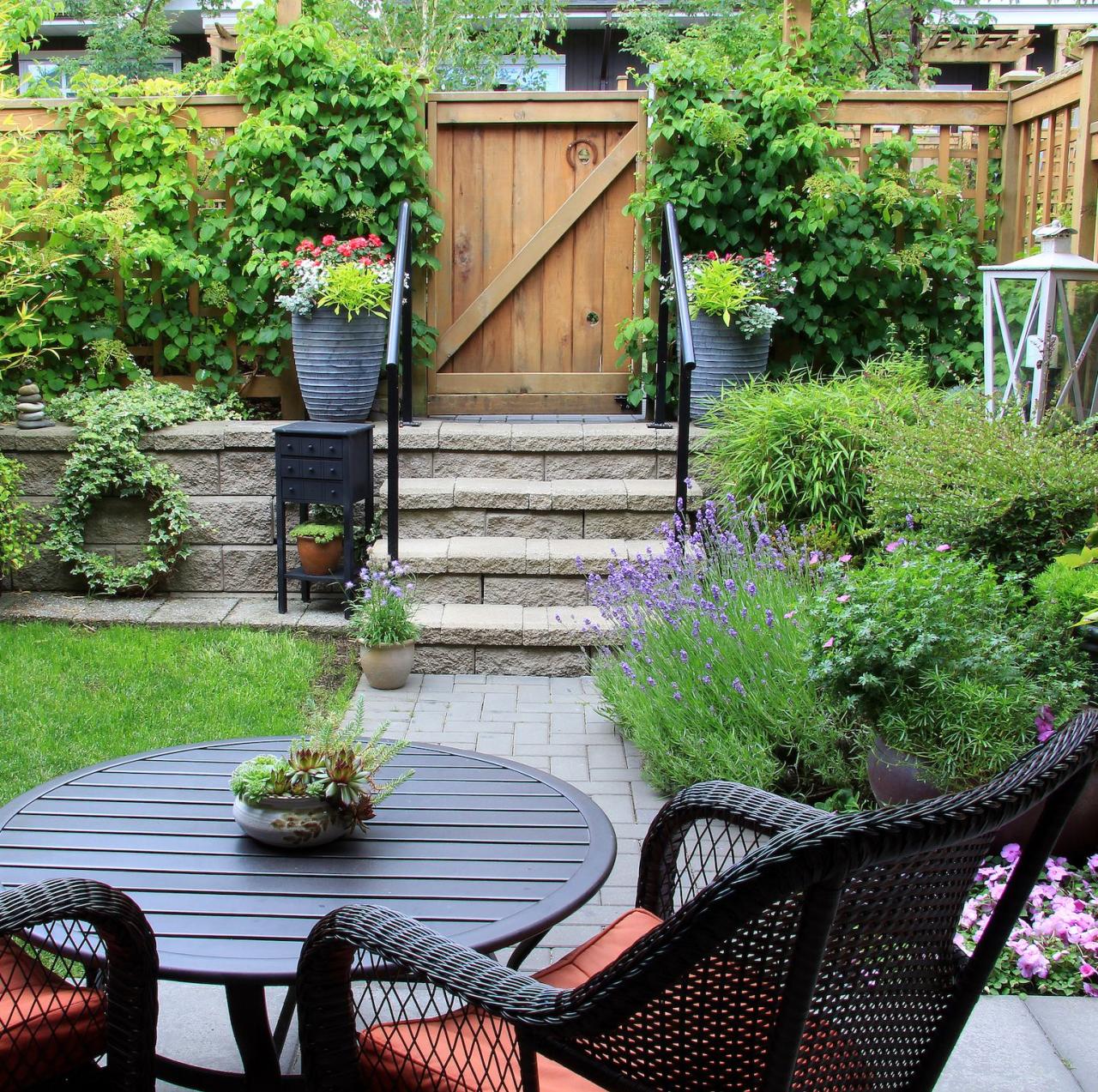Landscape Design Essentials: From Vision to Reality
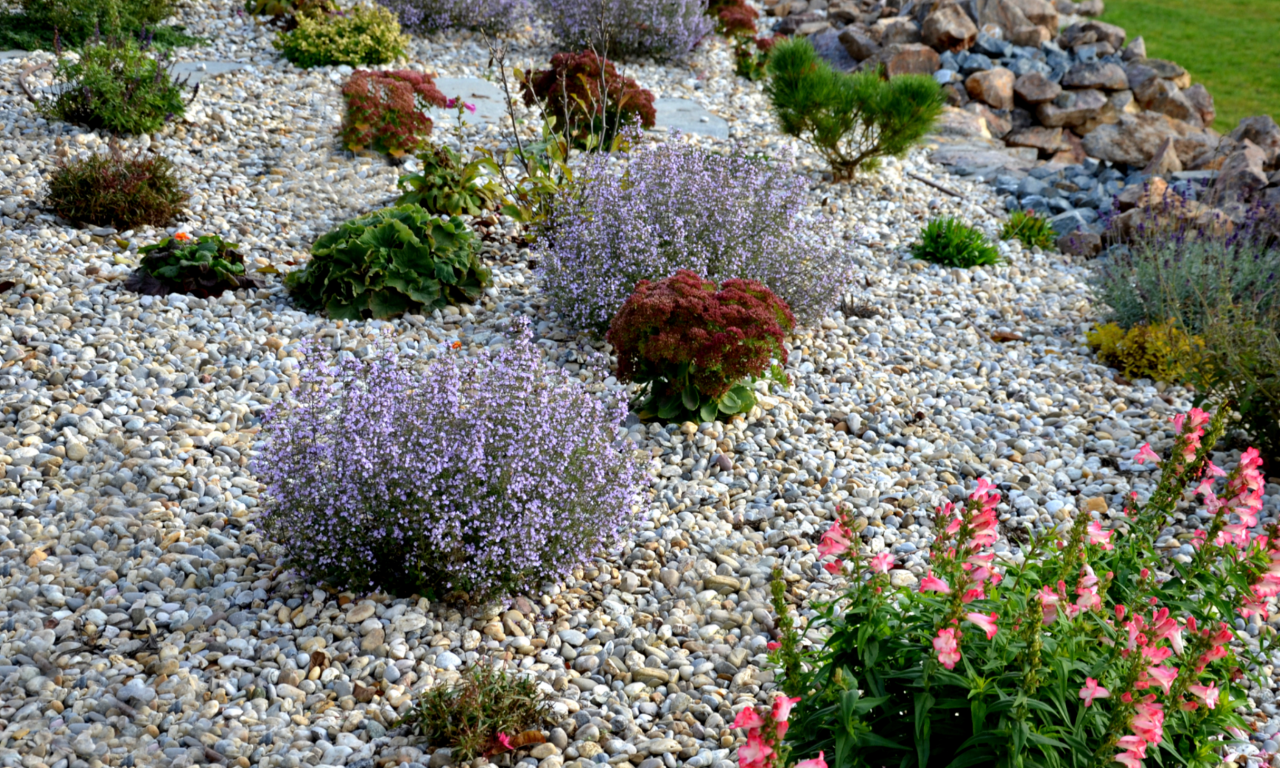
Landscape design is the art of transforming outdoor spaces into harmonious, functional, and visually pleasing environments. It’s a journey that takes us from the initial vision of a dream garden to the tangible reality of a carefully planned and executed outdoor sanctuary. In this article, we will explore the essential steps that bridge the gap between vision and reality in landscape design.
- Dream and Vision:Every great landscape begins with a vision. Whether it’s a small urban courtyard or a vast rural estate, the first step is to dream about what you want to achieve. What feelings do you want your outdoor space to evoke? What purpose should it serve? These early ideas will form the foundation of your design.
- Site Analysis:Once you have a vision, it’s time to assess your site. Understanding the unique characteristics of your outdoor space is crucial. Consider factors such as topography, soil quality, climate, sunlight, and existing vegetation. This analysis informs the practical aspects of your design.
- Functionality and Zoning:A well-designed landscape should be functional and cater to your specific needs. Create zones within your outdoor space based on how you plan to use it. This could include dining areas, relaxation zones, play areas, or even a dedicated garden.
- Plant Selection:The choice of plants plays a pivotal role in landscape design. Selecting the right plants, taking into account factors like local climate, soil type, and maintenance requirements, is essential. Native plants are often favored for their sustainability and adaptability.
- Hardscaping Elements:Hardscaping includes the non-living elements of your landscape such as patios, walkways, walls, and structures. These elements provide structure and complement the softscape (plants) while enhancing functionality and aesthetics.
- Master Plan:A well-thought-out master plan is the blueprint of your vision. It includes detailed drawings and specifications for the entire landscape, showing the placement of plants, hardscapes, and any other features. This plan acts as your guide to realizing your vision.
- Installation and Construction:The installation phase is where your vision truly begins to take shape. Skilled professionals bring your master plan to life, handling tasks such as planting, grading, and building hardscape elements with precision.
- Maintenance and Care:Landscape design doesn’t end with construction. Ongoing maintenance is essential to ensure your outdoor space thrives. Regular pruning, watering, and attention to the health of your plants will help your landscape maintain its beauty over time.
- Adaptation and Growth:As your landscape matures, it may evolve. Plants grow, and your needs may change. Landscape design should be an ongoing process of adaptation and growth to ensure your outdoor space continues to fulfill its purpose.
Conclusion:
From the initial dream to the tangible reality, landscape design is a journey of transformation. By following the essential steps and carefully considering factors such as your vision, site analysis, functionality, and plant selection, you can create an outdoor sanctuary that aligns with your lifestyle and resonates with your unique personality. The result is a landscape that not only reflects your vision but also adds beauty and functionality to your daily life. Landscape design is a journey well worth embarking upon, as it brings the beauty of the natural world to your doorstep, creating a lasting retreat of serenity and inspiration.
